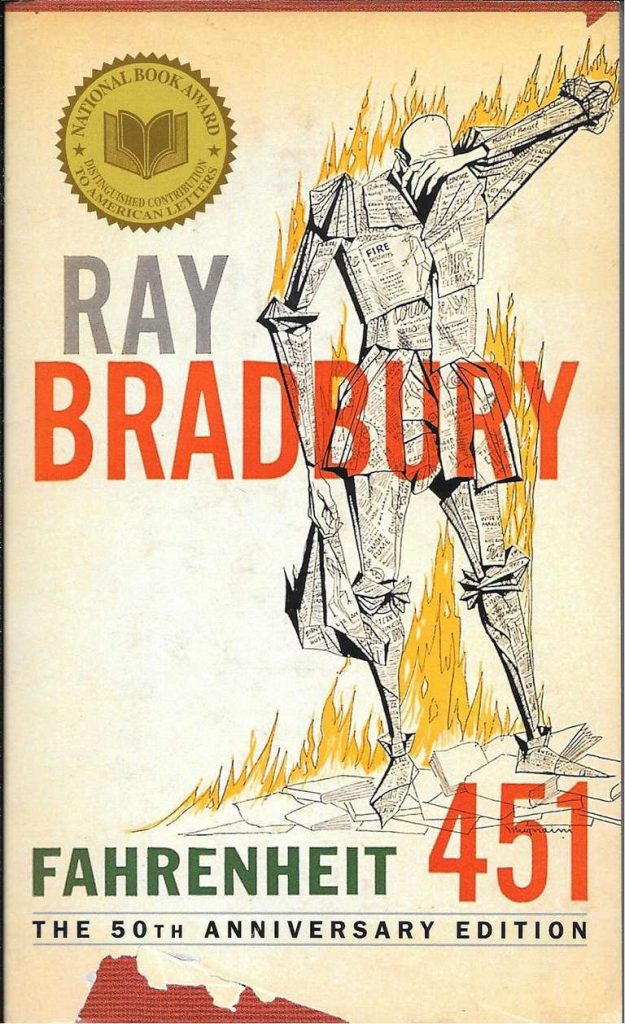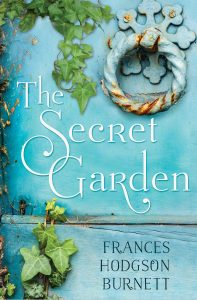Book Review written by Sara Hanford
Sara is sixteen years old, and a summer 2021 teen volunteer

First Line: “During the summer of 1941, every weekday morning at the top of the tide, McCall Purnell and I would board my skiff and go progging for crab.”
Jacob Have I Loved is a tale of twin sisters in the early 1940’s living in Chesapeake Bay. The protagonist, Sara Louise, feels perpetually over shadowed by her beautiful, talented sister, Caroline. Caroline is frail and must be constantly taken care of and not exert herself, except, of course, to sing, which she can do so beautifully. The worst part of Louise’s life, however, is her grandmother, who compares Caroline to the biblical Jacob, while equating Louise to Esau. Growing up on a small island where everybody has always known everybody else, she feels like she can never escape the constant comparison to her sister. The book begins in her late childhood and follows her struggle to find her own identity apart from her sister and hometown.
Written by Katherine Paterson and published in 1980 by Thomas Y. Crowell Books, Jacob I Have Loved received the Newberry Medal in 1981 and has been loved by readers for over forty years.
Written as realistic fiction, the book can be considered over-dramatic by some readers. But it is a story of what it is like to feel unloved, and the angst that comes from being constantly overshadowed by someone else. While this story is written for children, its serious nature makes it a good read for adults and teens too. The story makes you think and stays in your mind long after you have finished the book.
Ultimately, it is the ending that really made this a fantastic book. It comes, almost out of nowhere, and draws the book into a full circle with its sudden conclusion that brings Louise a revelation about her life. In a story that takes its time to tell, the ending comes as a sort of snap when it becomes clear to the readers, and the protagonist, what has happened. Nevertheless it brings the book to a satisfactory close and leaves you with a story you will never forget.
I loved this book for its stirring story, for Katherine Paterson’s writing, and the ending that surprises the reader. Though it can be somewhat angsty, the writing keeps it fairly light. A classic coming of age story, this book is easy and fun to read, while still creating a thought-provoking story that can be enjoyed by children and adults alike.


 After the loss of her neglectful parents in India, young Mary Lennox is sent to live with her widowed uncle in a Manor on the English moor. Bitter and angry, Mary is forced to play by herself among the gardens of the manor, but when a lovely robin shows her the way into a hidden garden, Mary’s world and heart are changed. As she delights in the flowers and creatures of the moor, she discovers that gardens aren’t the only secrets at Misselthwaite.
After the loss of her neglectful parents in India, young Mary Lennox is sent to live with her widowed uncle in a Manor on the English moor. Bitter and angry, Mary is forced to play by herself among the gardens of the manor, but when a lovely robin shows her the way into a hidden garden, Mary’s world and heart are changed. As she delights in the flowers and creatures of the moor, she discovers that gardens aren’t the only secrets at Misselthwaite. story will take hold of your heart.
story will take hold of your heart.